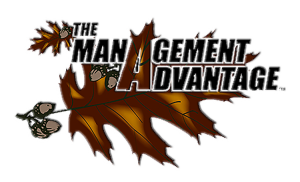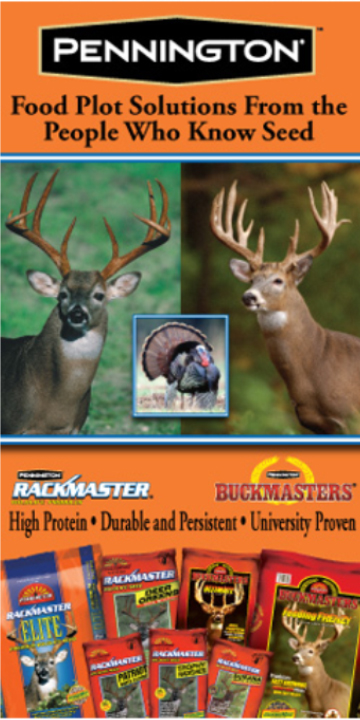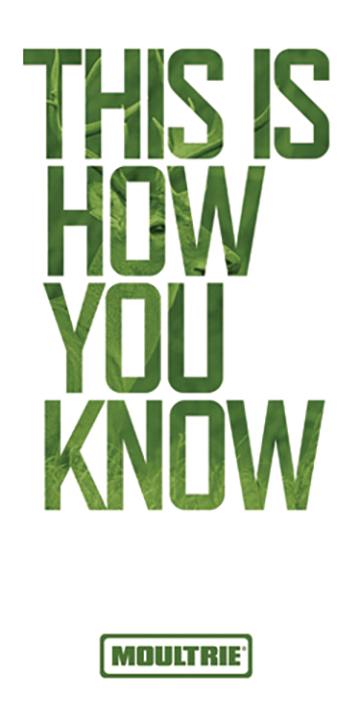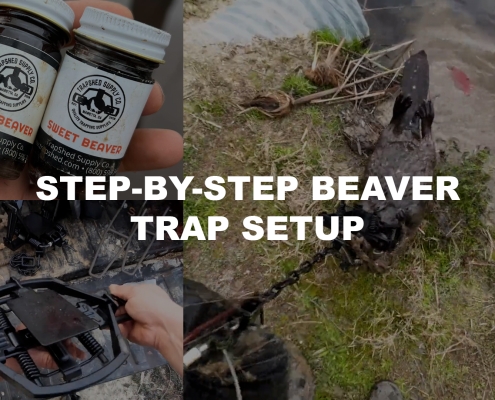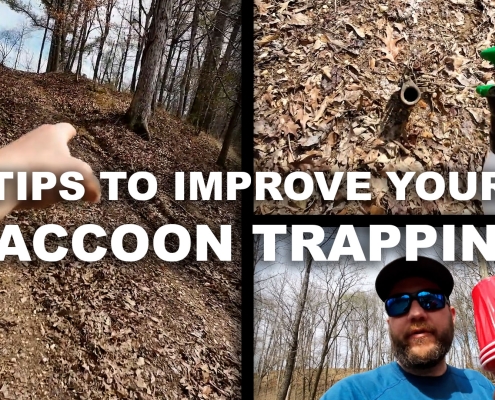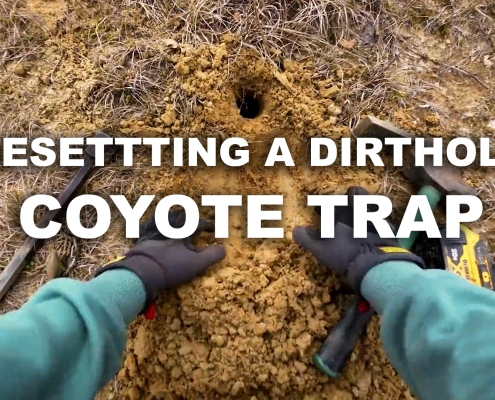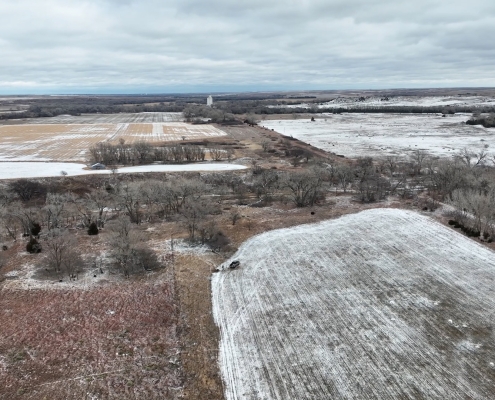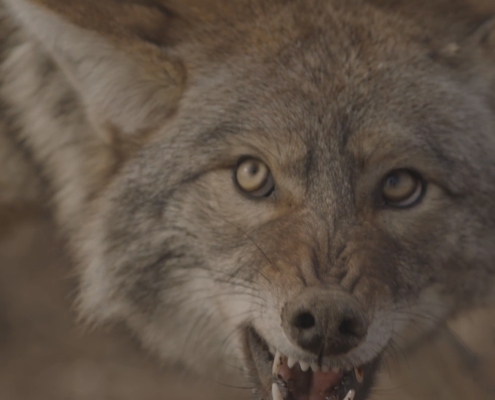Trapping Coyotes
Coyotes are detrimental to wildlife populations. They originated in the west, but have since moved into eastern and southeastern portions of the United States. They will not only decimate deer and turkey populations, but can also hurt livestock and farm animals. Trapping them is an effective way for controlling their populations.
This week we talk with Robert Waddell who is one of the foremost coyote trappers in the world. He gives strategies and instructions for trapping coyotes. They are smart animals, but with some knowledge, a wildlife manager can be successful trapping them to control their populations. Keys to successfully trapping coyotes include trap placement in regards to the bait hole, properly hiding the trap, and finding areas that funnel coyote activity. A trapper is trying to mimic the natural activity of a coyote which is finding something worth hiding and burying it in a hole. It could be something as simple as a bone or as large as a part of an animal carcass. Coyotes will dig holes to bury these items, then mark their territory with scent to show it is their own. When other coyotes find these locations, their natural instinct is to steal the item and re-bury it as their own. Simply put, coyotes are thieves. With these key concepts in mind, Casey hits the woods to take care of the coyote problem that plagued him during deer season.
The traps used feature an offset jaw that simply holds the coyote in the trap. It doesn’t inflict pain or suffering and allows land managers a way to control coyote populations. Trappers are a dying breed. It’s not as simple as going out and setting a trap. There is a ton of knowledge, skill, and know-how that go into successful trapping.
